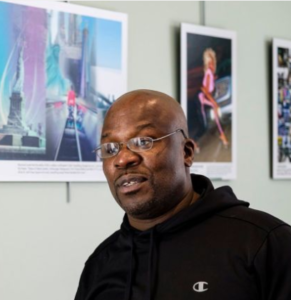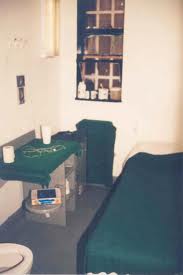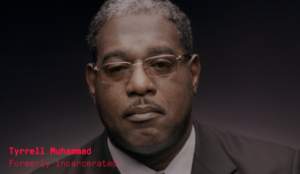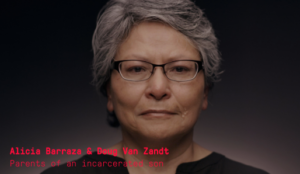 by David M. Schwartz. Excerpted from Newsday.
by David M. Schwartz. Excerpted from Newsday.
On Sunday, the Unitarian Universalist Congregation at Shelter Rock in Manhasset displayed two dozen photos sent to those in solitary confinement through the program, Photo Requests from Solitary.
The exhibit, part of a campaign to change how New York handles solitary confinement, shows the imagination and memories of those locked in solitary confinement for weeks at a time, prison reform advocates said.
“I would like to have a painting of the outdoors, maybe a wooded scene, with maybe a doe and twin fawns,” wrote Hershel on July 20, 2013.
“You can look at that and see someone is more than their worst act,” said Jean Casella, co-director of Solitary Watch, a web-based watchdog group aimed at raising public awareness about the widespread use of solitary confinement. “It’s a reminder that even though they’re surrounded by gray walls, they have a complete inner life going on.”
The exhibit will be open through Feb. 13. Opening times vary; for details call (516) 472-2977 or email cderoche@uucsr.org.
Read the full article at Newsday.

 “We Are Witnesses”
“We Are Witnesses” “He wasn’t a bad kid. He was just a kid that was mentally ill.”
“He wasn’t a bad kid. He was just a kid that was mentally ill.”  Benjamin Van Zandt’s hellish odyssey through New York’s criminal justice system began when the voices inside his head compelled him to light a neighbor’s house on fire.
Benjamin Van Zandt’s hellish odyssey through New York’s criminal justice system began when the voices inside his head compelled him to light a neighbor’s house on fire.
Follow the #HALTsolitary Campaign